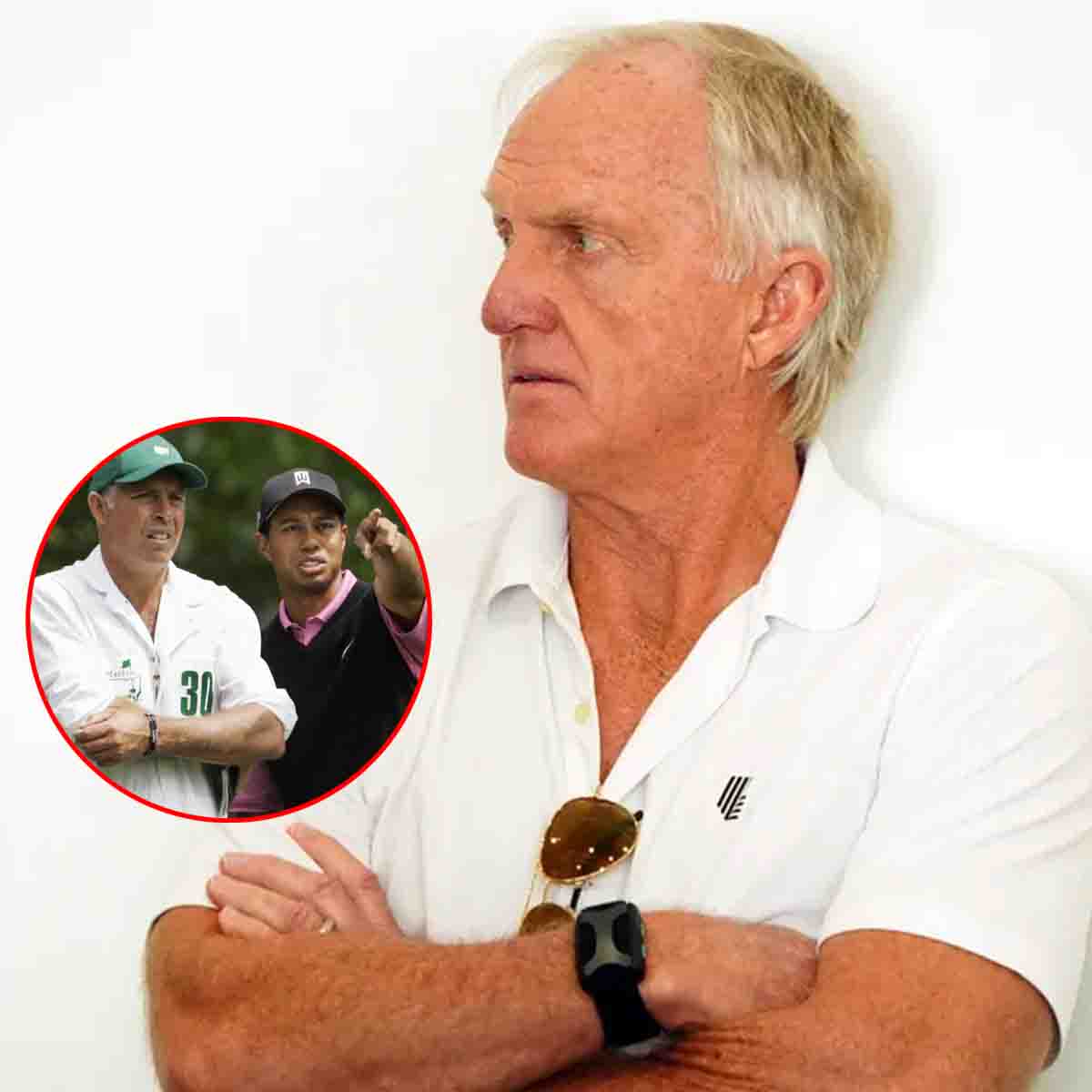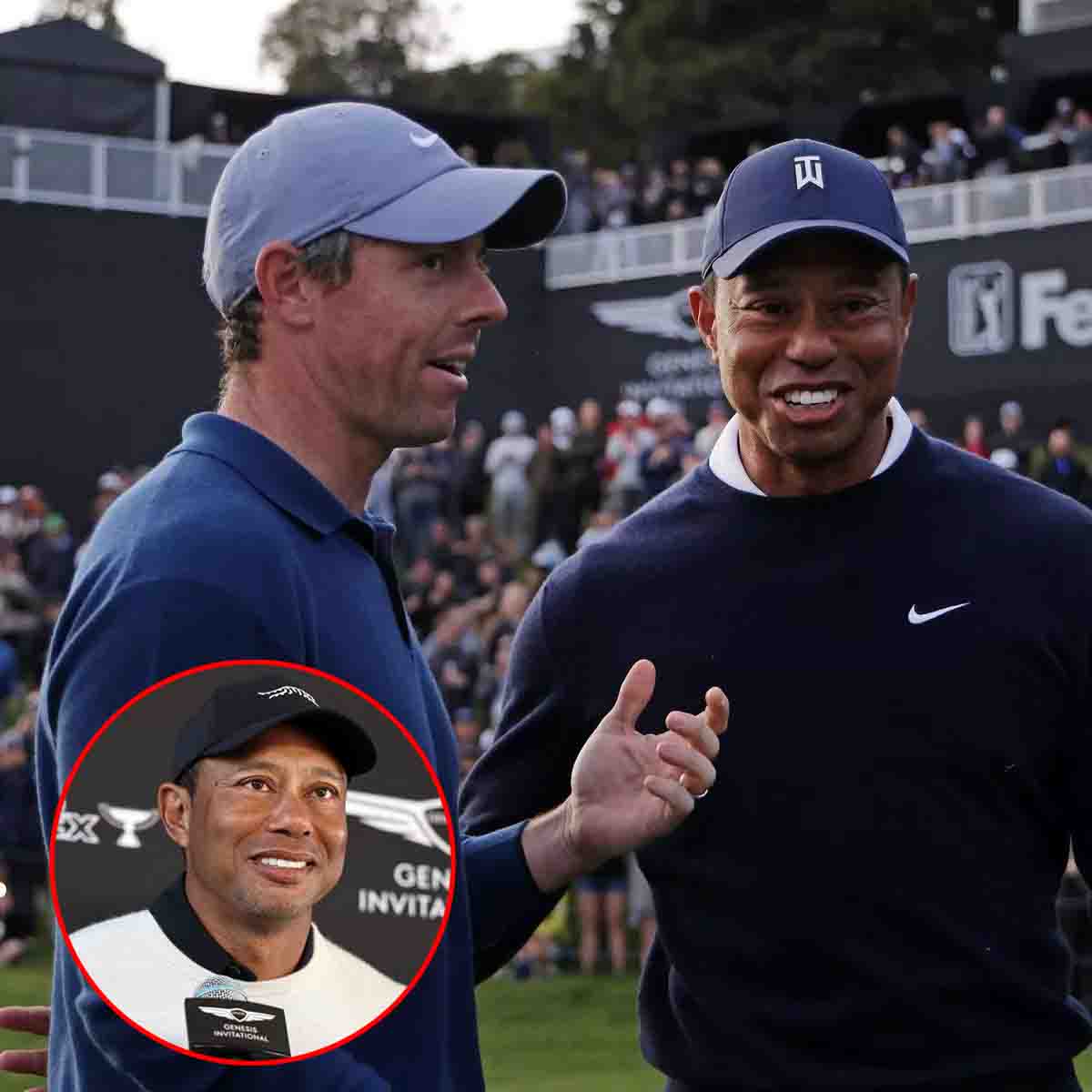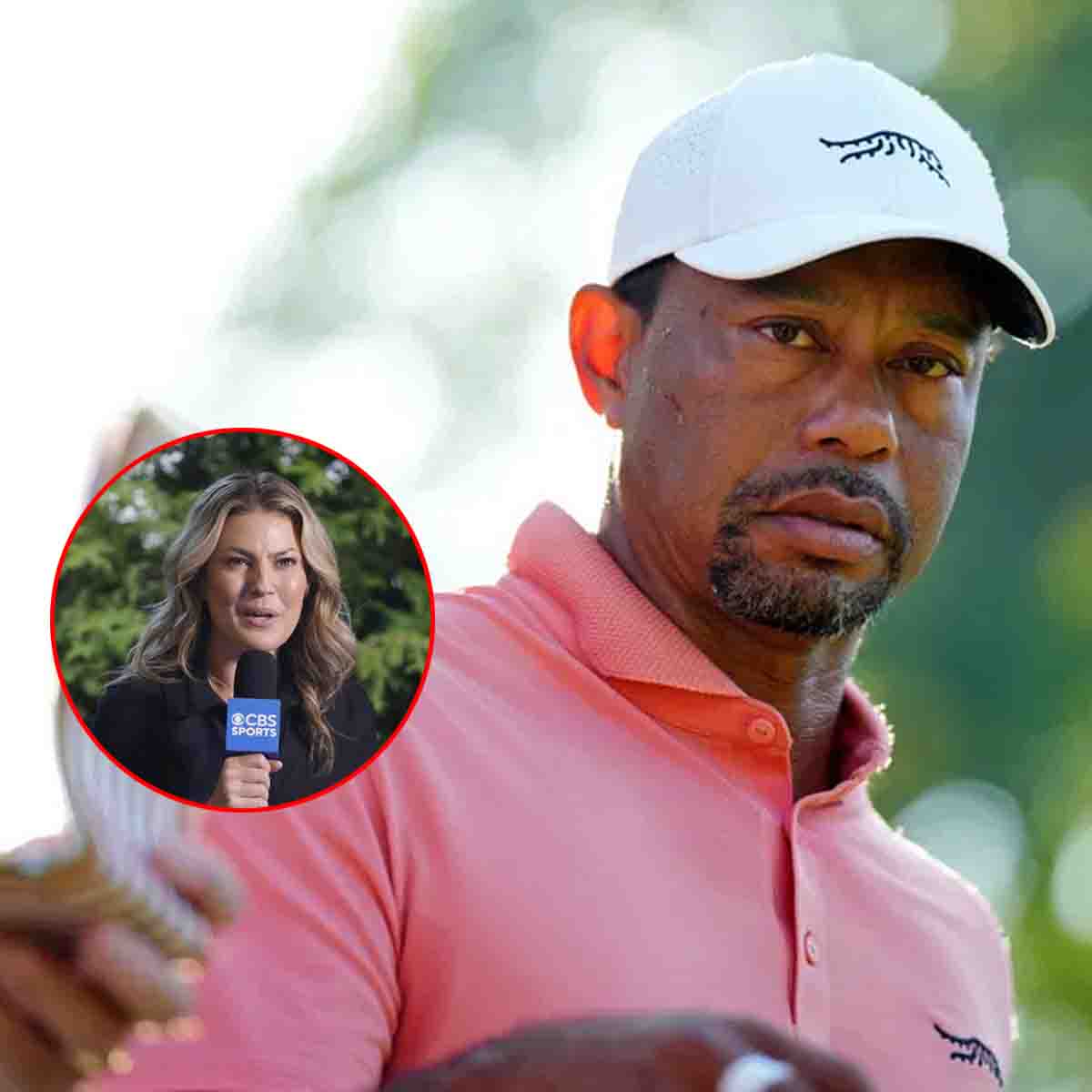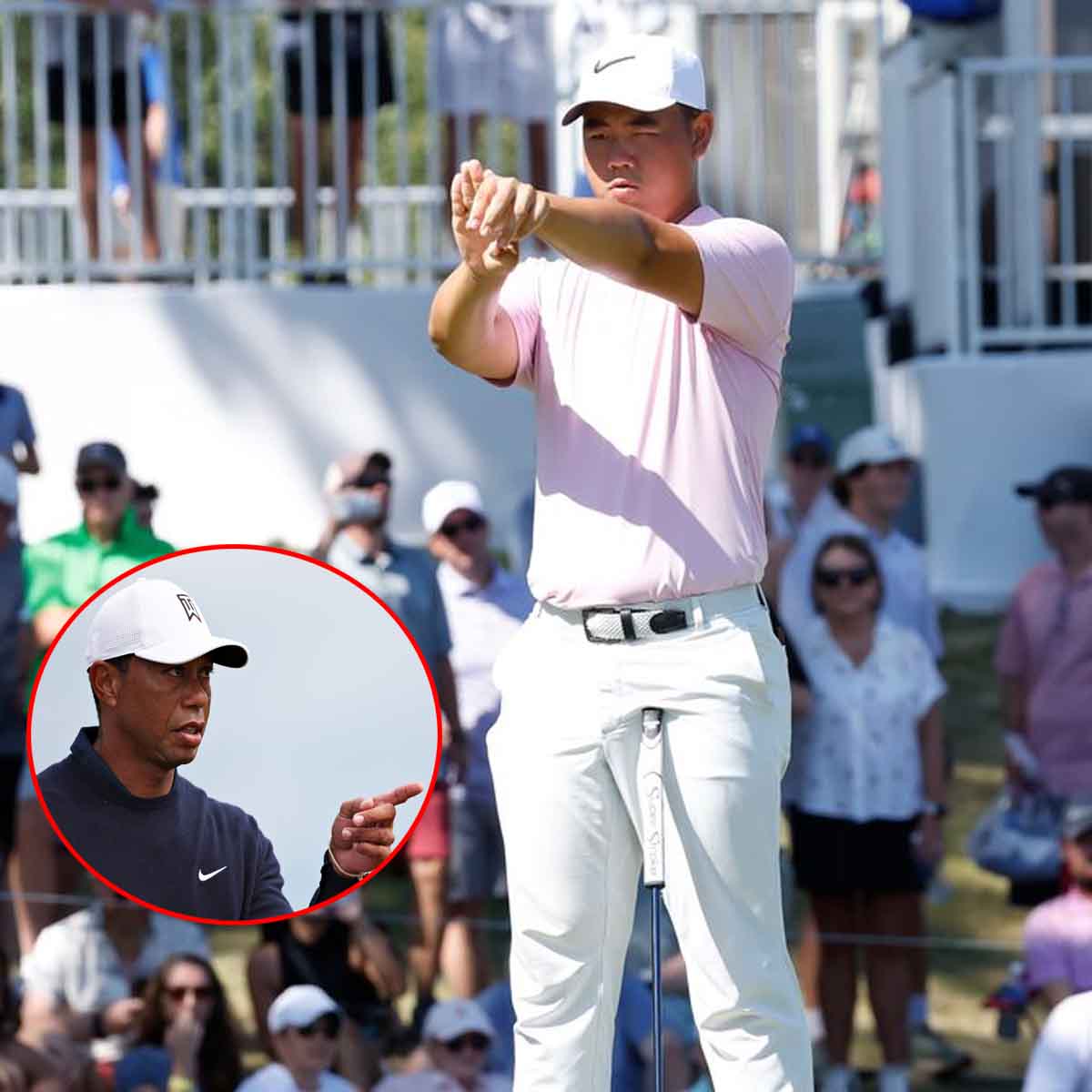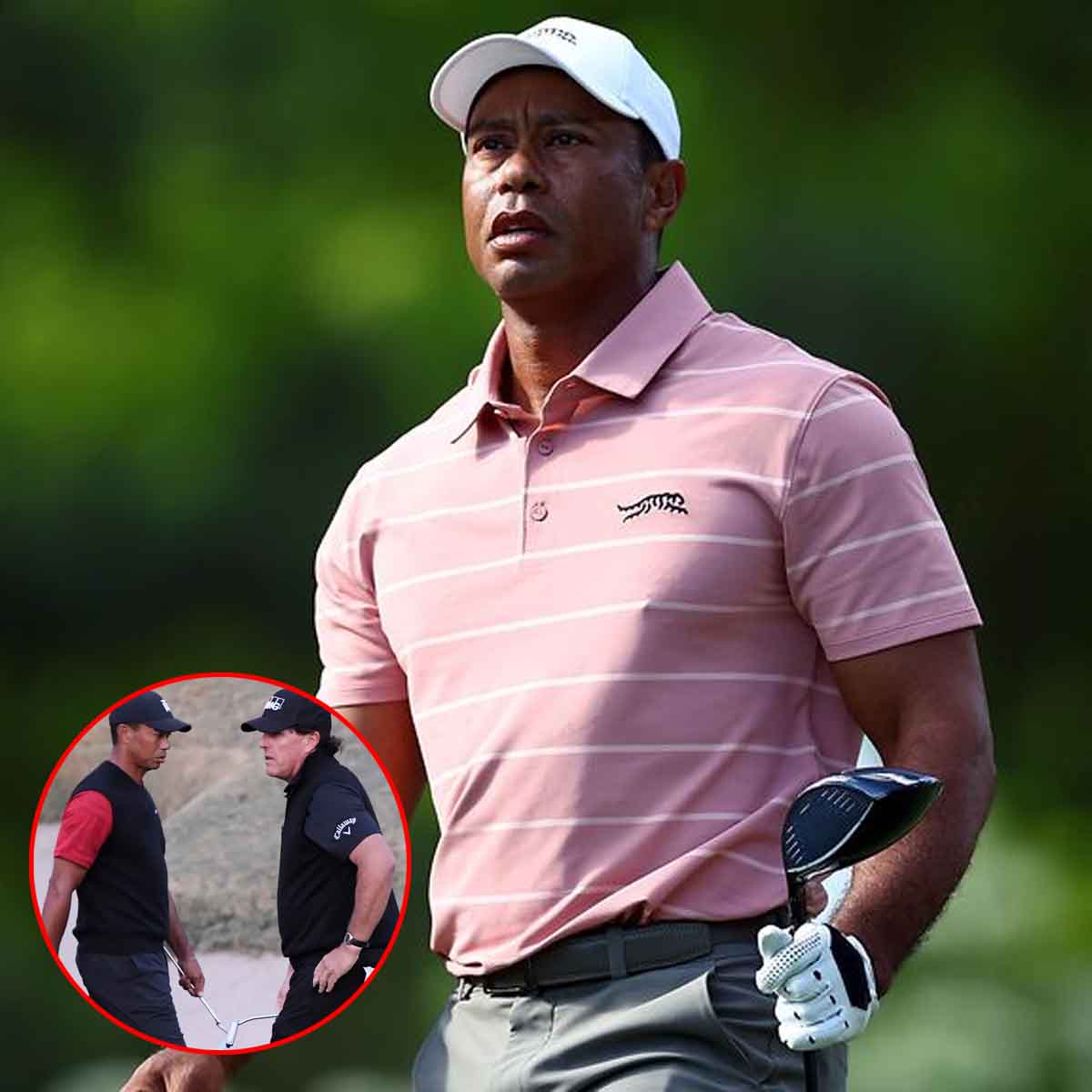by the gentle author

Click to enlarge
Sometimes in London, I think I hear a lone dog barking in the distance and I wonder if it is an echo from another street or a yard. Sometimes in London, I wake late in the night and hear a dog calling out to me on the wind, in the dark silent city of my dreaming. What is this yelp I believe I hear in London, dis-embodied and far away? Is it the sound of the dogs of old London – the guard dogs, the lap dogs, the stray dogs, the police dogs, the performing dogs, the dogs of the blind, the dogs of the ratcatchers, the dogs of the watermen, the cadaver dogs, the mutts, the mongrels, the curs, the hounds and the puppies?
Libby Hall, who has gathered possibly the largest collection of dog photography ever made by any single individual, took me down to the Kennel Club in Mayfair yesterday to show me her trove in the archive there. Libby was complicit with me in my quest. Surrounded by oil paintings of pooches in the heroic style by great masters such as Sir Edwin Landseer, we took Libby’s treasured photographs from their storage boxes, spread them out upon the polished table top and began to look.
We were seeking the dogs of old London in her collection. We pulled out those from London photographic studios and those labelled as London. Then, Libby also picked out those that she believes are London. And here you see the photographs we chose. How eager and yet how soulful are these metropolitan dogs of yesteryear. They were not camera shy.
The complete social range is present in this selection, from the dogs of the workplace to the dogs of the boudoir, although inevitably the majority are those whose owners had the disposable income for studio portraits. These pictures reveal that while human fashions change according to the era and the class, dogs exist in an eternal universal present. Even if they are the dogs of old London and even if in our own age we pay more attention to breeds, any of these dogs could have been photographed yesterday. And the quality of emotion these creatures drew from their owners is such that the people in the pictures are brought closer to us. They might otherwise withhold their feelings or retreat behind studio poses but, because of their relationships with their dogs, we can can recognise our common humanity more readily.
These pictures were once cherished by the owners after their dogs had died but now all the owners have died too, long ago. For the most part, we do not know the names of the subjects, either canine or human. All we are left with are these poignant records of tender emotion, intimate lost moments in the history of our city.
The dogs of old London no longer cock their legs at the trees, lamps and street corners of our ancient capital, no longer pull their owners along the pavement, no longer stretch out in front of the fire, no longer keep the neighbours awake barking all night, no longer doze in the sun, no longer sit up and beg, no longer bury bones, no longer fetch sticks, no longer gobble their dinners, no longer piss in the clean laundry, no longer play dead or jump for a treats. The dogs of old London are silent now.





Arthur Lee, Muswell Hill, inscribed “To Ruby with love from Crystal.”



Ellen Terry was renowned for her love of dogs as much as for her acting.







W.Pearce, 422 Lewisham High St.

This girl and her dog were photographed many times for cards and are believed to be the photographer’s daughter and her pet.

Emberson – Wimbledon, Surbiton & Tooting.





Edward VII’s dog Caesar that followed the funeral procession and became a national hero.






A prizewinner, surrounded by trophies and dripping with awards.


The Vicar of Leyton and his dog.


The first dog to be buried here was run over outside the gatekeeper’s lodge, setting a fashionable precedent, and within twenty-five years the gatekeeper’s garden was filled with over three hundred upper class pets.

Libby Hall, collector of dog photographs.
